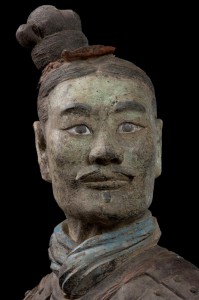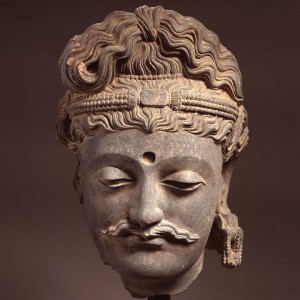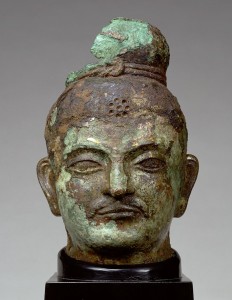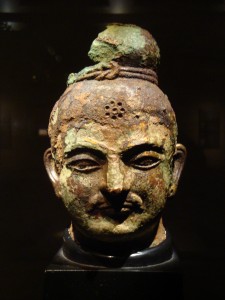For the week of July 21, 2014, here’s a four-city comparison of conventional and certified organic carrot prices (premium quality, 24×2#) from Rodale:
| Organic | Conventional | ||
| Boston | $ 41.50 | $ 20.00 | |
| Los Angeles | $ 40.75 | $ 15.50 | |
| Philadelphia | $ 41.50 | $ 18.00 | |
| San Francisco | $ 35.00 | $ 18.50 |
The biggest gap is in Los Angeles, which has the lowest conventional carrot prices. The smallest gap is in San Francisco, which has the lowest organic carrot prices. Why, I wonder, are conventional carrots $2/unit more in Boston than Philadelphia?




